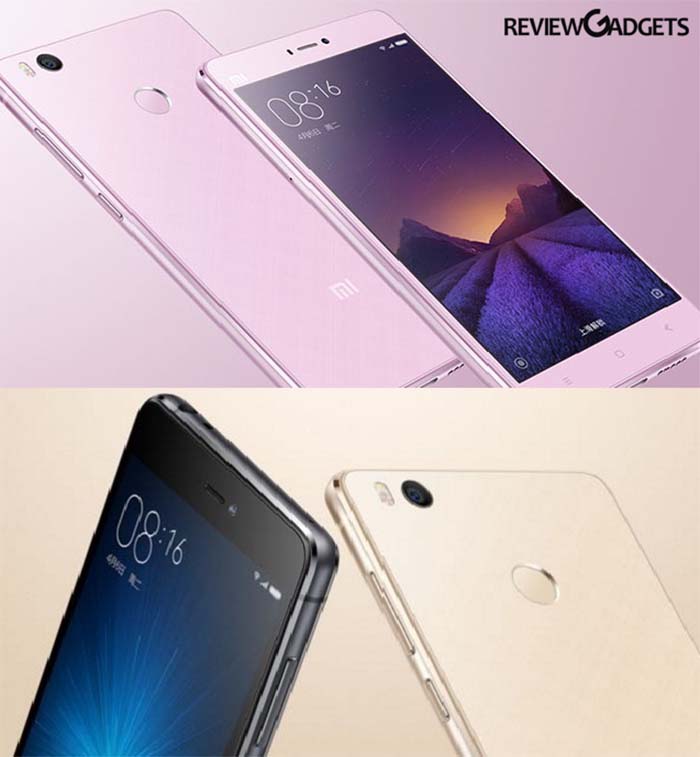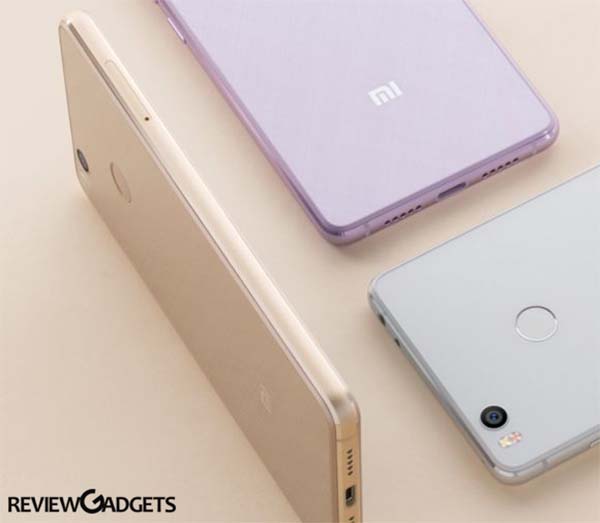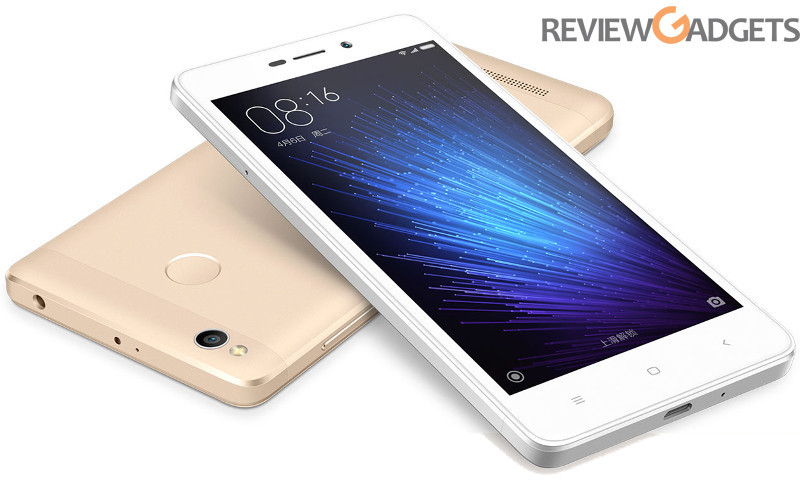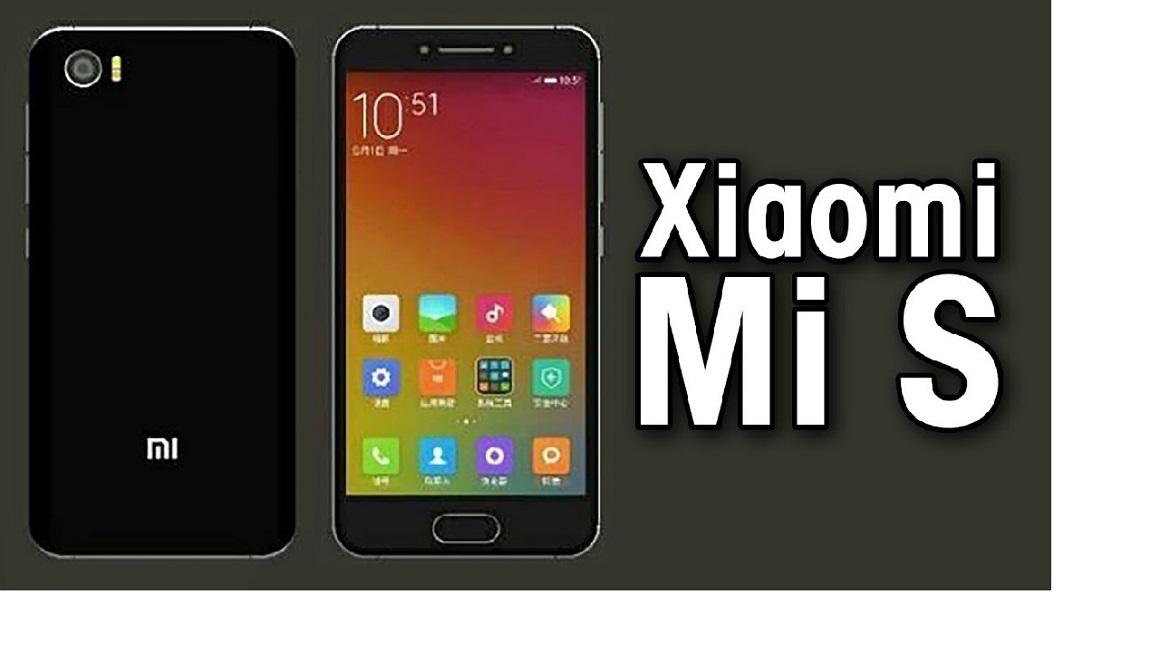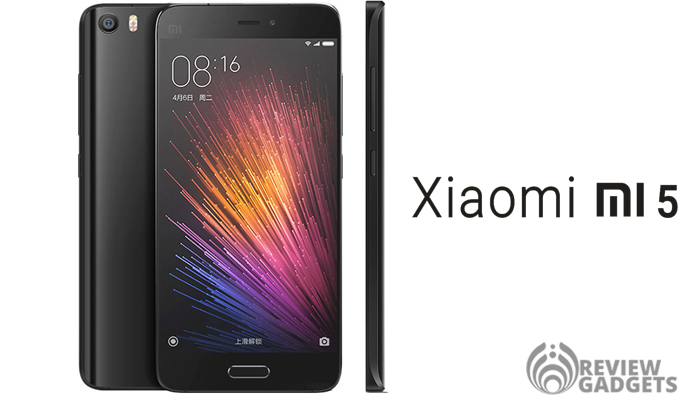Xiaomi Mi4S Review: Xiaomi Mi5 has created much of hype in the Indian market soon after the release. However, MI5 was not the alone phone that was released this month. Along with Xiaomi MI5, the last successor of MI4 series was released, named MI4s. Although Xiaomi MI5 has stolen all the thunder, one cannot deny the significant presence of this smartphone. This 5-inch phone with some latest improvement in the MI4 series has been told to perform better and offer a more premium outlook.
There was almost a year gap between the launch of Xiaomi Mi4 and Xiaomi Mi5. In between the company released numerous phablets and up gradations in the Mi4 series. Xiaomi is going with the double glass design in both the MI4s and Mi5. Contrasted with the MI 5, the MI 4s utilises an alternate sort of metal edge splashed with zircon sand for a charmingly delicate touch and enhanced grasp.
There are not many changes done in the design and architecture of the phone. However, few changes have been made in chipset and processor utilized.
Don’t Miss: Checkout Xiaomi MI 5S Specifications
The New flagship of Xiaomi – In this Review Get Everything You Need to Know About MI 4S
Design and Look: The device in one or more aspect is similar to 4c including the screen size of 5’’. However, there have been a few alterations in the curves and body and company has tried to provide it with a bit of a premium outline. The body is made up of glass exterior and flaunts a familiar design of glass on the front and back held with a metal frame. The company has tried to give it a zirconia sand finish which provides a premium outline to this device and also provides a leathery feel. The protective on the front, however, sags a little and one can see numerous dark spots on-screen while using it.
However, the overall phone has been designed to be compact, thin and easy to handle. However, the black version of this phone is more prone to fingerprints.
Software: This device unlike other Xiaomi phones runs on the Android 5.1 and provides an MIUI 7 interface. Xiaomi has tried to replace customization offered by Google. The lock screen is same with three quick options of unlocking, camera shortcuts and no widgets. The sensors of the phone are, however, very fast and device locks the moment you tap onto the surface.
The new fingerprint sensor technology is also fast, and there is no app drawer present. There are numerous home screen widgets available along with various home screen effects. Apart from this Xiaomi provides options for backing up of data onto its cloud servers and is similar in many aspects as compared to Apple’s I cloud.
Touch and Display: The device flaunts the same IPS display as seen in the MI4C and has 441PPI for better contrast. We can also see the standard collections of pixels in RGB model that make up for the LCD offered by the company. The maximum brightness of the device is sufficient for a smooth reading experience and the minimum brightness has also been set at an amount sufficient for night reading.
Under the direct sunlight, the phone does not perform extraordinarily; however, you can use the device outdoors if you avoid direct sunlight.
Camera: This phone released by Xiaomi features a 13 MP camera with dual flash and is a bit similar to MI 4c. The interface offered for the camera is very simple to operate and one can quickly switch between various modes of operation.
If we talk about the image quality produced by this camera, then I must say that I wasn’t disappointed. The images clicked are excellent with high levels of contrast. However, the levels of saturation do not match the MI4c and the image corners are blurred and lack a bit of detail. Overall the camera is okay, but Mi4c has set up the bar too high.
This phone features a 5MP front camera with high-resolution images. The images produced come out to be soft and lacking details but can be used on numerous social media platforms.
Although the device fails around corners, still the phone produces images worth looking.
Battery Life: The battery capacity of this phone is spectacular with 3260mAh battery inside. You battery can last for around three days if you do an hour each of calling, game playing and video conferencing. In case you choose to operate this device with dual SIM then the time would be reduced by up to four hours.
The company has provided a fast wall charger for the device which can charge the battery for about 30% in half hour.
Phone Accessories: Upon unboxing along with the device, you get a rapid wall charger, a micro-USB cable, SIM ejector tool and a user guide. For music lovers, the device offers stereo headphones with a high amount of noise cancellation.
Variants: This device is available in the Indian markets in four different colours i.e. White, Black, Gold and Pink. The most premium look according to me is felt in the Gold version which is followed by the Black version.
However, the black version is known to attract fingerprints and dust, but you can choose any colour as per your requirement.
This phone is currently priced at Rs. 7,499 and is a pretty much affordable deal with a long battery life and technology such as fingerprint sensor.
Reviews about the Phone
The device has carried on its legacy of giving a top performance at an affordable price. The device has tried to stand up to the levels of MI4 and Xiaomi MI4c by including larger memory, a longer battery life and an inclusion of new technologies such as fingerprint sensor.
Although the chipset and the interiors haven’t been paid much attention keeping low the cost of development, the company has sufficiently invested in increasing the exterior design. Therefore, while holding this phone in hand, you will get the feel of holding something luxurious.
Although the phone is sleek and comfortable to handle some of the drawbacks that it possess are a non-removable battery, single SIM or Memory card slot and the camera quality could have been better.
However, having a phone with premium outlook and a fingerprint sensor at this price is impossible; therefore, there are more than enough reasons to go for this device.
Some other phones to consider in around this range include One plus X and Redmi Note 3.

